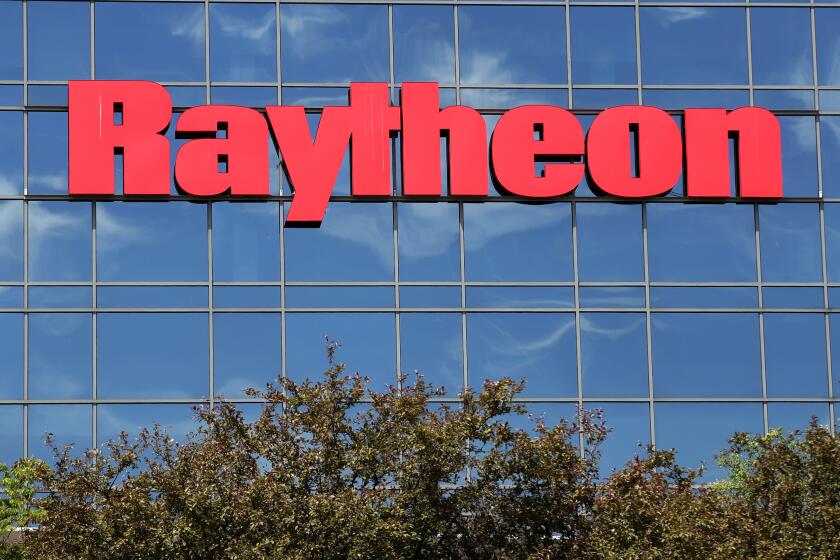A living wage we can live with
THE UNITED States appears ready to support a national living wage. Last week, the House of Representatives voted to raise the federal minimum wage in three steps to $7.25 an hour as of mid-2009. The Senate is expected to link the raise to tax breaks for business, but passage seems assured. And President Bush has said that he will sign legislation to increase the wage, which would be the first hike since 1997, when the current $5.15 minimum became law.
But Congress shouldn’t stop there because $7.25 an hour is not close to a living wage. Adjusted for inflation, it would represent an increase of just about 4% from the current $5.15.
The political foundation of the move to raise the federal minimum wage was built by the living wage movement, which has organized and won victories throughout the country for more than a decade. In November’s elections, voters in Arizona, Colorado, Missouri, Montana, Nevada and Ohio passed minimum-wage increases by wide margins. As of February, the minimum wage in 29 states and the District of Columbia, representing nearly 70% of the U.S. population, will exceed the current federal one.
Beyond this, more than 140 municipalities have some version of a living-wage law that mandates a wage from $9 an hour to $11 an hour.
The federal minimum wage peaked in 1968, when its value was about $9 an hour in today’s dollars. Although average worker productivity has more than doubled since then, the wage has not kept pace. Typically, as productivity increases, hourly wages can rise without cutting into business profits.
Raising the federal minimum wage too high, or too rapidly, probably would discourage businesses from hiring low-wage workers, as many critics contend. But at what point would it be too high or too fast?
From 2001 to 2005, in the 11 states with minimum wages higher than the federal one, employment growth was slightly faster than in those states with the $5.15 minimum.
Studies on the effects of living-wage laws in L.A. and Boston, which require businesses that have city contracts to pay a certain wage, show that the affected firms continued to hire low-wage workers at basically the same rates as before the wage was implemented.
The story is similar in San Francisco and Santa Fe, N.M., even though their living wage laws have a broader application. In Santa Fe, where the law applies to all businesses with at least 25 employees, job growth in restaurants and hotels, which heavily employ low-wage workers, was 3.2% the year the law went into affect (mid-2004 to 2005).
The Santa Fe ordinance is a model for how Congress might move toward establishing a national living wage of between $9 and $11. It is set up to raise the minimum wage from $8.50 to $10.50 as of January 2008 in three steps. But before each scheduled increase, the city determines whether the previous hike hurt employment. For instance, the wage in Santa Fe reached $9.50 an hour in January only after the city established that employment growth under the $8.50 regime was healthy.
Congress could follow Santa Fe’s lead by passing the current proposal, then follow up with legislation that would allow for increases every two years after 2009 if the higher wage did not negatively affect employment growth. The increase in 2011 could raise the federal minimum to $9 an hour, roughly today’s low end in many cities.
Further increases could be tied to inflation and average labor productivity. If inflation and productivity trends of the last decade continue, this would translate into a 10% to 12% increase in the federal minimum wage every two years, to $10 an hour in 2013.
Yet even that wage probably would be inadequate in most of the country, so cities and states also would need to adjust their minimums to ensure a living wage. But the idea of raising the minimum wage in line with average productivity and inflation, after taking account of employment effects, should move the country closer to what more and more voters have demonstrated they support and what the economy can provide.
More to Read
Inside the business of entertainment
The Wide Shot brings you news, analysis and insights on everything from streaming wars to production — and what it all means for the future.
You may occasionally receive promotional content from the Los Angeles Times.










